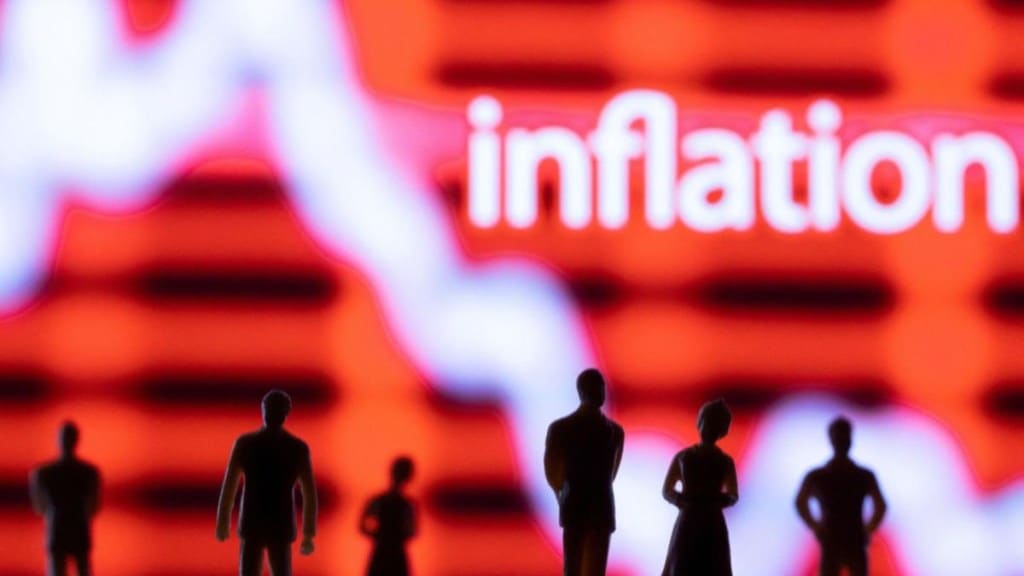By Amol Agrawal,
In the world of central banking and monetary policy, attention is usually on the central banks of developed countries. However, sometimes the best stories on the conduct of central banking come from small open economies. Examples include the Reserve Bank of New Zealand pioneering inflation targeting in 1989 and Norway’s central bank managing the government’s oil fund. One can add the Czech National Bank (CNB) to the list, as it brought down inflation using unconventional policies when most others have struggled with conventional measures.
The CNB is one of the youngest central banks in the world. It was established in 1993 after Czechoslovakia split into two countries: Czech Republic and Slovakia. The policymakers decided to reform the economy from state- to market-driven.
Economist Robert Mundell had said that a monetary system could choose two of the three policy objectives: independent monetary policy, liberal capital flows, and flexible exchange rates. The earlier monetary system of Czechoslovakia chose fixed exchange rates and strict capital controls rendering monetary policy ineffective. Under the new system, the policymakers decided to liberalise capital inflows, adopt flexible exchange rates, and make monetary policy independent. Accordingly, the CNB adopted inflation targeting in 1998, making it the first inflation targeting central bank in a post-communist country.
The initial inflation target was kept at a range of 5.5-6.5% and was gradually lowered to developed country levels of 2% with a band of +/- 1% in 2010. The average inflation from 1999 to 2007 was 2.5% before rising to touch 6.5% in 2008 due to the global financial crisis. From 2009 to 2019, average inflation was 1.62% lower than the target.
From 2020 onwards, inflation started to rise. In 2020 it was 3.2% and by July 2022 it touched 18%, the highest level among European Union countries. In May 2022, the government appointed a new governor, Aleš Michl, after the six-year term of then governor Jirí Rusnok ended. Michl specified that his goal was “to gradually return inflation to 2%, which I assume will take two years”. In March 2024, inflation did touch 2% to achieve the goal. By December 2023, the central bank had started lowering policy rates with current rates at 5.25%.
Last month, Michl gave a speech titled “Taming inflation from 18 to 2% and paving the way for ESG financing” explaining how the CNB achieved its inflation target, a goal which has eluded many a central bank.
First, inflation was caused by the rising cost of imported energy and goods. The central bank’s models projected to increase interest rates from 7% to 10% and beyond. However, the central bank’s officials argued that macro models were wrong as higher interest rates could neither lower European energy prices nor solve the problems in global supply chains.
Second, this realisation meant the central bank needed a new strategy. The CNB started to fight inflation by stressing the need for a stronger currency. A stronger currency would make imports cheaper and bring down inflation. The central bank continued to keep interest rates at the existing 7% and guided that interest rates would remain higher for a longer period of time. The CNB was criticised for its approach but it went against the mainstream opinion.
Third, the central bank earned public trust and its currency, koruna, began to appreciate. A strong exchange rate and high interest rates led to the tightest monetary conditions in 20 years. This eventually led to softening of inflation. Global commodity prices also began to decline, helping in lowering inflation. The governor warned against a wage-price spiral and called for wage restraints. The central bank also froze its own salaries to walk the talk.
Fourth, Governor Michl started giving speeches regularly under the titles “The road to the target I, II and III” to guide the public and markets regularly on inflation outcomes. He also explained supply chain bottlenecks using the example of a ketchup bottle. When a new bottle is opened the ketchup gets stuck inside. Then as you push it, the ketchup starts to flow. Similarly after the Covid-19 lockdown was lifted, goods were initially stuck and then began to flow.
Fifth, the central bank brought back monetarism which suggests that higher money supply leads to higher inflation. Both fiscal and monetary policies lead to money supply. Even if the central bank runs a tight monetary policy, the government can negate it by running a loose fiscal policy. The central bank also argued for stabilising government debt levels to keep inflation low in future.
Overall, it is quite interesting to see how the CNB managed to bring inflation from 18% to its target of 2% using unconventional policies.
The CNB also has a Reserve Bank of India (RBI) connection. The Urjit Patel Committee report which shaped India’s inflation targeting framework drew from experiences of the CNB (and the Central Bank of Chile). The RBI used the CNB’s glide path approach to lower India’s inflation to the target in a gradual manner. Maybe the RBI could again reflect on the CNB’s recent history as it struggles to keep the inflation elephant in the forest in a durable manner.
The author teaches at Ahmedabad University.
Disclaimer: Views expressed are personal and do not reflect the official position or policy of Financial Express Online. Reproducing this content without permission is prohibited.

